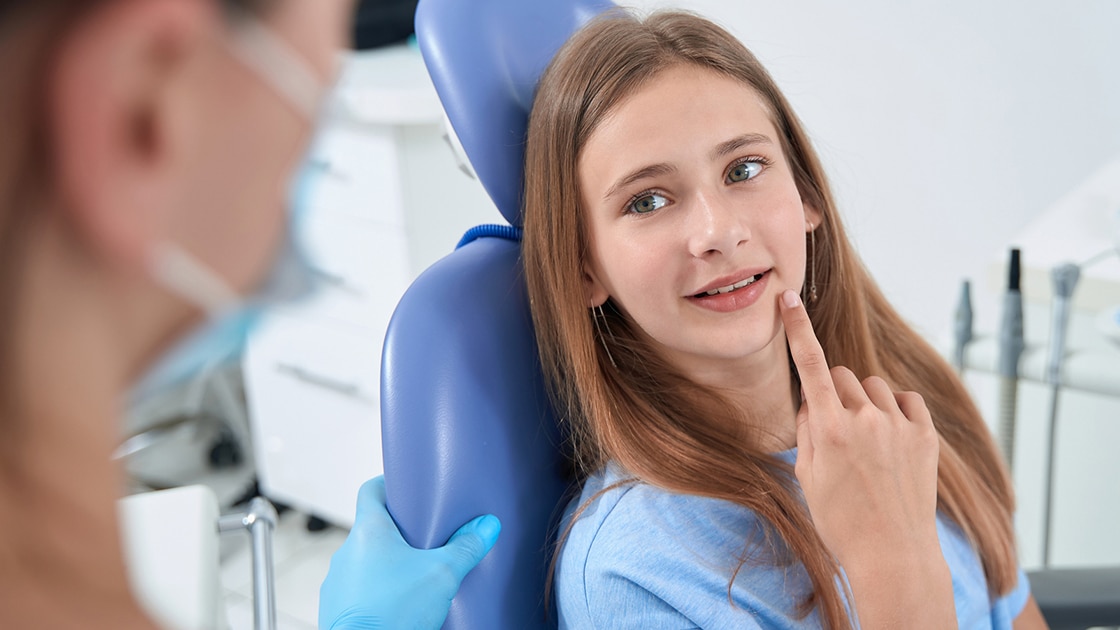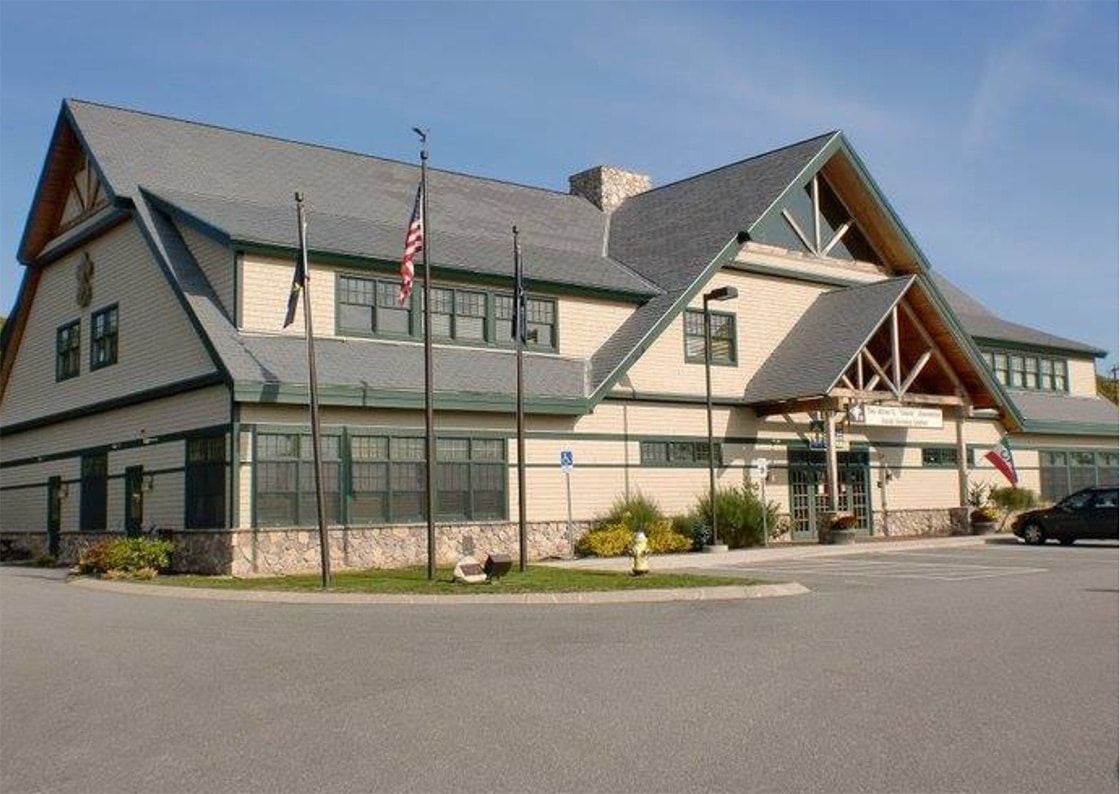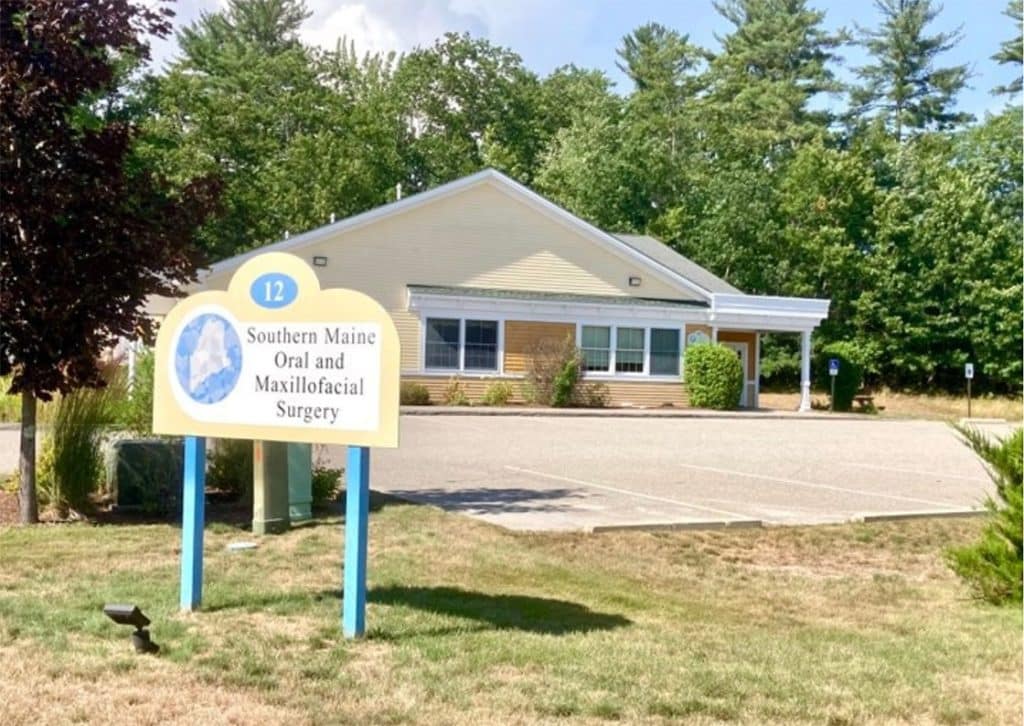
Extractions
If a tooth can not be saved using restorative materials such as fillings or crowns, it may need to be removed to prevent infection, maintain oral health, or before dental implant placement.
Depending on the complexity of the extraction, our surgeons will use local anesthesia, sedation, or general anesthesia to increase patient comfort during and after the procedure. During the procedure, the tooth is then gently loosened and removed.
Immediately after the tooth is removed, gauze pads are placed for the patient to bite down on the tooth socket to apply pressure. Once the tooth has been removed, your surgeon may place dissolvable and/or traditional stitches that may need to be removed at a follow-up appointment.
Impacted Teeth
An impacted tooth is blocked from erupting and may need to be exposed to facilitate the completion of the orthodontic treatment. Impacted cuspid (or canine) teeth are the second most commonly impacted teeth (after third molars or wisdom teeth). Impacted canines might:
- Come in at an angle, pushing against teeth and causing cavities.
- Fail to erupt fully, remaining either partially or fully below the gum line.
- Lead to infection and gum disease caused by bacteria trapped beneath the gum.
- Cause the development of cysts and tumors in the jaw bone.
Using a combination of orthodontics and a surgical approach, our team can treat impacted canines (or other teeth). First, orthodontic treatment can create a space for the tooth to erupt or enter the arch. Then our surgeons can remove any necessary primary (baby) teeth that may be in the way and place a small device (often called a button or a bracket) on the impacted tooth. Your orthodontist can then use the device to bring the tooth into the arch through traction.



